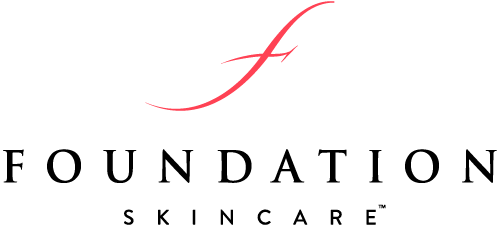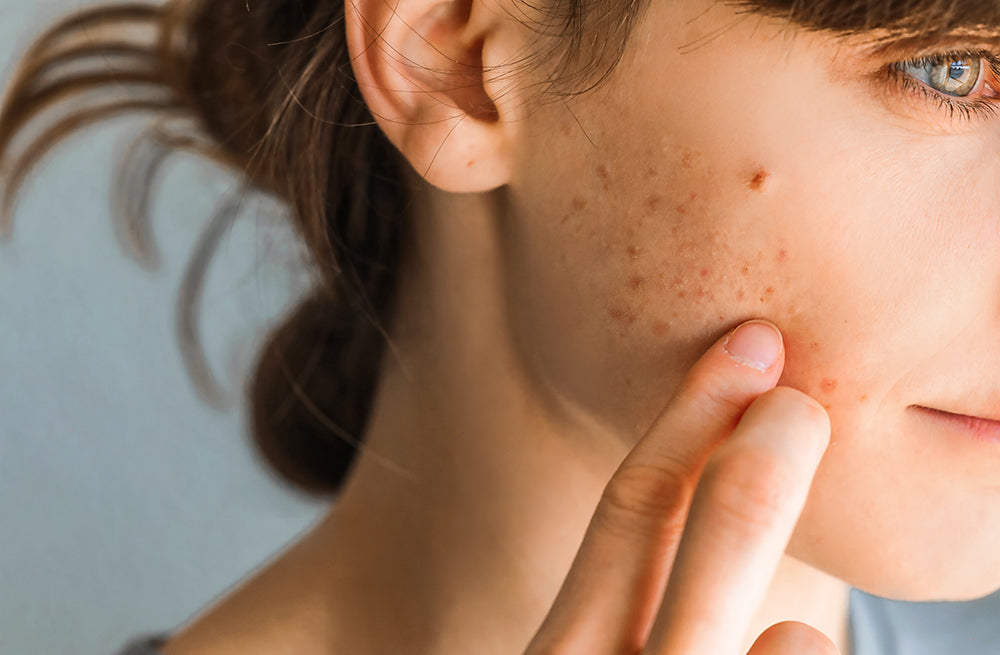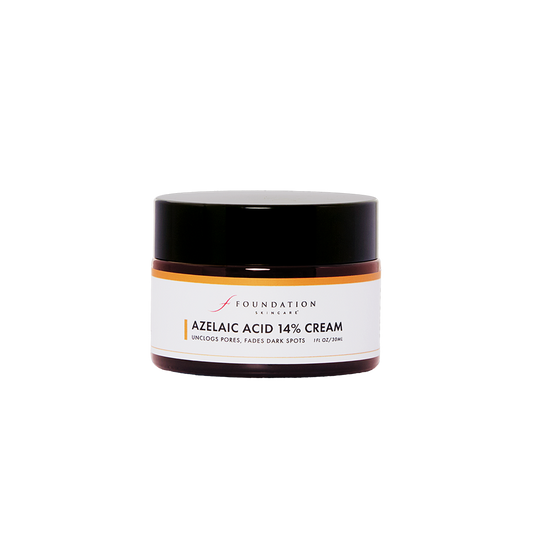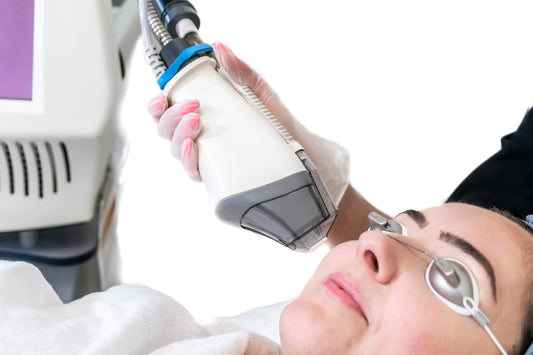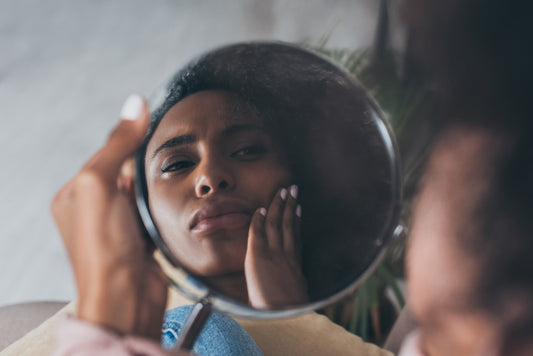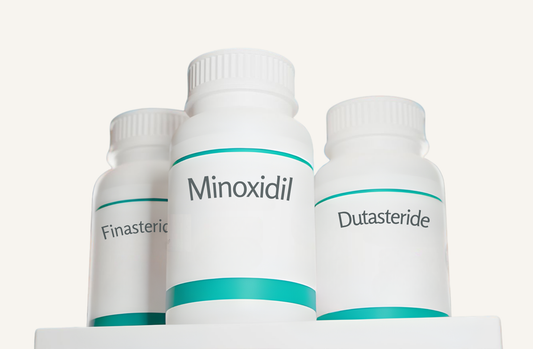Azelaic Acid is a natural ingredient produced by yeast in certain grains as well as the beneficial yeast on our skin. Many dermatologists recommend Azelaic Acid for skin conditions such as mild rosacea, acne, redness, inflammation, skin irritations, and pigmentation disorders such as melasma, hyperpigmentation and brown spots.
But not all Azelaic Acid skin care products are created equally. Most over-the-counter products don’t contain more than 10% Azelaic Acid, which may not be enough to actually produce a significant improvement in the skin’s condition, as most of the research done on its benefits has been on prescription-grade products, which typically contain 15-20% Azelaic Acid, but may de drying to the skin in some cases.
Our gentle, dermatologist-formulated Azelaic Acid 14% Cream comes in a moisturizing cream base to prevent it from drying your skin.
Azelaic Acid Breakdown
A member of the dicarboxylic acids, Azelaic Acid has antibacterial and anti-inflammatory properties. It kills acne-causing bacteria on your skin and is packed with antioxidants that neutralize free radicals that can trigger acne breakouts, blemishes, irritation, and inflammation in your skin.
We know that acne is caused in part by a buildup of dead skin cells that accumulate on the skin’s surface and encourage the growth of bacteria, and Azelaic Acid can slow down the production of protein in the skin, which helps to decrease this buildup.
Azelaic Acid also disrupts the link between increased levels of testosterone and other hormonal changes and an increase in oil production on your skin. This makes it especially helpful for those whose acne flare ups are linked to hormonal changes.
Azelaic Acid 14% Cream
• Brightens skin, fades brown spots
• Unclogs pores, improves texture
Uses For Azelaic Acid
Considered safe for all skin types and for long-term use, we recommend using our Azelaic Acid 14% Cream every morning and evening. Our Azelaic Acid 14% Cream also improves conditions such as rosacea, and pigmentation disorders such as melasma, age spots, and hyperpigmentation. Because Azelaic Acid can block the process of pigment production in skin cells that happens naturally when you expose your skin to sunlight. For brightening the complexion, Azelaic Acid is a gentler alternative to hydroquinone, and is safer to use on a long-term basis.
If you’re wondering how to use Azelaic Acid, follow these simple steps:
- Cleanse your skin with a mild cleanser and pat dry.
- Apply a pea-sized amount of our Azelaic Acid 14% Cream to your face and gently massage it into your skin, concentrating on the most troublesome areas.
- Allow your skin to absorb the cream, then apply lotion or moisturizer.
- Apply sunscreen with an SPF of 30 or higher.
- Apply makeup if desired.
Is It Safe in the Sun?
Unlike other acids, Azelaic Acid will not make your skin more sensitive to sunlight, so it is safe to use outdoors as long as you protect your skin with a good sunscreen.
Related Articles: Azelaic Acid Cream: Uses & How to Add It to Your Routine, Azelaic Acid 10% vs. 14%: What’s the Difference?, What Percentage of Azelaic Acid Is Most Effective?
Other Products to Use with Azelaic Acid
Depending on your specific skin condition, we recommend using our Azelaic Acid Cream either alone or with our Niacinamide Lotion 10%, Vitamin C Lotion 20%, or Hyaluronic Acid Lotion, applying the Azelaic Acid Cream first and the lotion as a moisturizer.
Niacinamide has a calming, anti-inflammatory effect and moisturizes the skin, while Ascorbic Acid (Vitamin C) is a powerful, protective antioxidant and anti-inflammatory agent that brightens the skin tone and helps to strengthen its triple helix structure. Hyaluronic Acid helps skin cells attract and retain moisture, contributing to a smoother and firmer complexion.
If you have any questions on our products above, please feel free to contact us.
